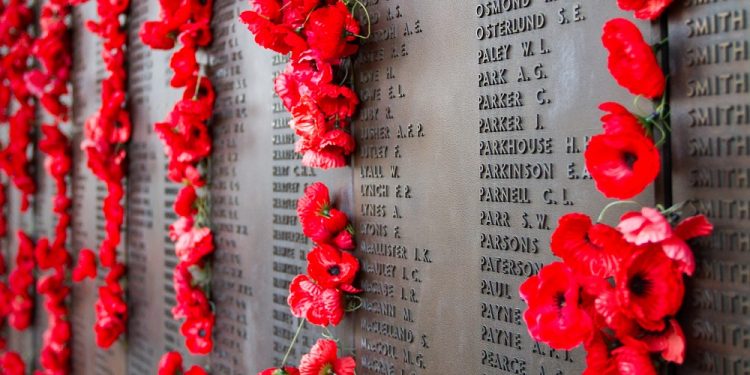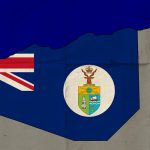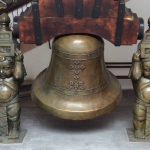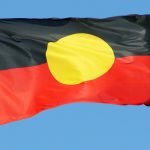
ANZAC Day
ANZAC Day is a national day of remembrance observed on April 25th each year in Australia and New Zealand. It is a day used to remember all Australians and New Zealanders who have fought and died in all wars and conflicts.
It is considered one of Australia’s most somber and important national observances and marks the anniversary of the first major military action by Australian and New Zealand forces during World War I. ANZAC stands for Australian and New Zealand Army Corps.
History of ANZAC Day
On April 25, 1915, soldiers from Australia and New Zealand were part of an allied expedition that set out to capture the Gallipoli peninsula. They needed to capture Gallipoli because doing so would open the Dardanelles to the allied navies, allowing Constantinople to be captured – the capital of the Ottoman Empire, an ally of Germany at the time.
When the ANZACs landed at Gallipoli, they met fierce resistance. Although it was originally thought that this offensive would quickly remove the Ottoman Empire from the war, it dragged on for eight months in a prolonged stalemate. Eventually, the allied forces were withdrawn, but not before both sides had suffered heavy casualties.
This conflict led to the death of 8,000 Australian soldiers, who are recognized on ANZAC Day, along with all other soldiers who have given their lives for Australia and New Zealand.
ANZAC Day Customs & Traditions
Commemorative services for ANZAC Day are usually held at dawn at various war memorials around the country, coinciding with the time of the original landing at Gallipoli. These services typically include an introductory speech, prayers, hymns, and a period of silence. There is also usually a recital of “In Flanders Fields.” This poem was written in 1915 by Major John McCrae, a Canadian Medical Corps doctor serving in Ypres.
He wrote the poem after learning about the death of his friend, who was buried outside his dressing station. In his anguish, he penned the poem but was dissatisfied with it and threw it away. However, it was retrieved from the trash by a fellow soldier who was so moved by it that he sent it to the media in London. It was published in December 1915 and is read on ANZAC Day and Remembrance Day.
It is also customary for people to wear rosemary on this day, a tradition that began with servicemen stationed at Gallipoli who picked rosemary and sent it home to their relatives. Rosemary is a common plant that grows wild across Gallipoli, making it the herb of ANZAC Day. The day also has its own biscuit, known as the ANZAC biscuit.
This biscuit was widely used during World War I by Australian and New Zealand soldiers because it remained edible for a long time without refrigeration, which was essential for food sent to the front. The ANZAC biscuit met this criterion and has since been known as the “Soldier’s Biscuit.” Today, it is one of the few foods that can be marketed using the word ANZAC, which is protected by law. A common ANZAC biscuit consists of rolled oats, plain flour, sugar, butter, bicarbonate of soda, and golden syrup.








